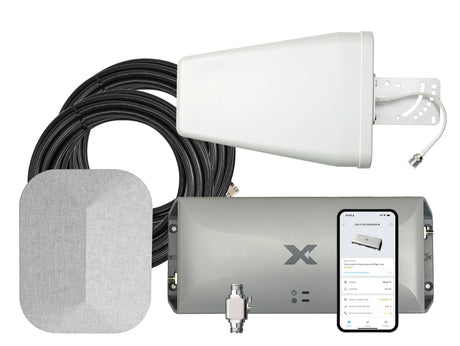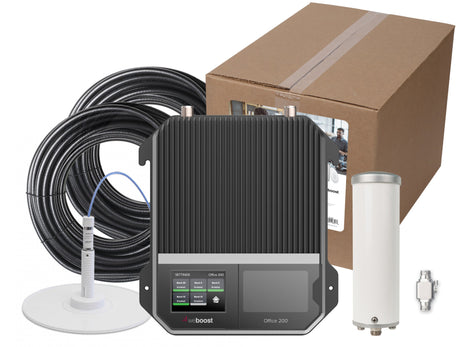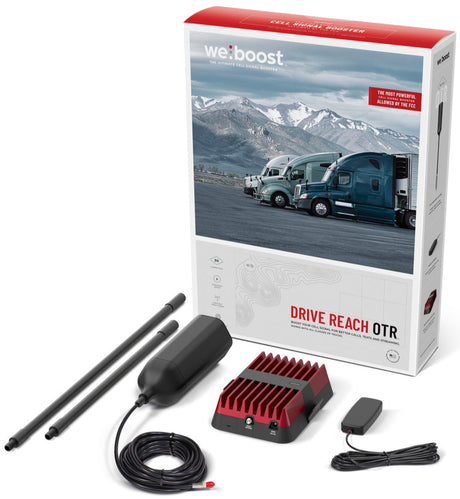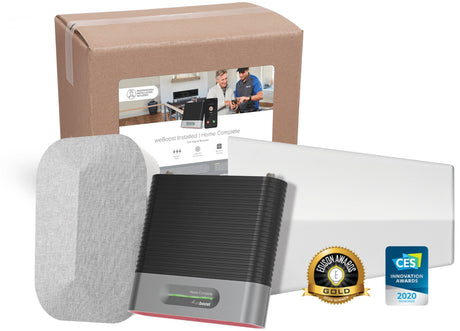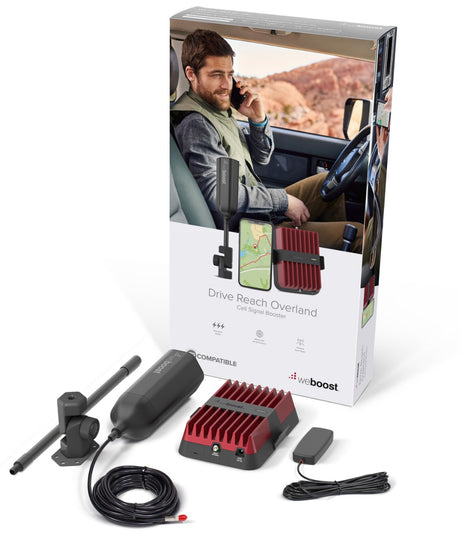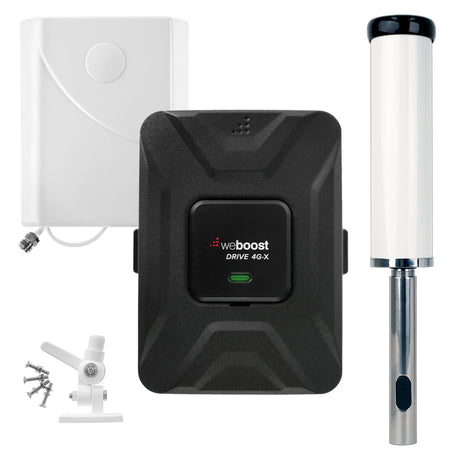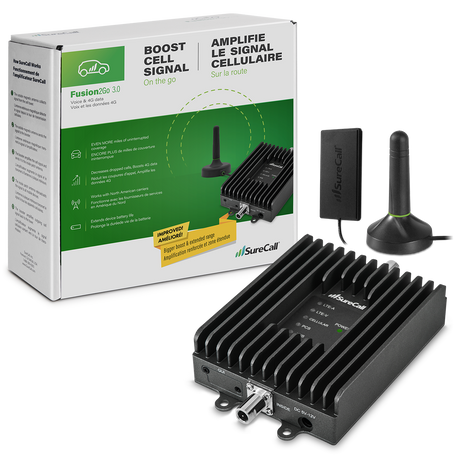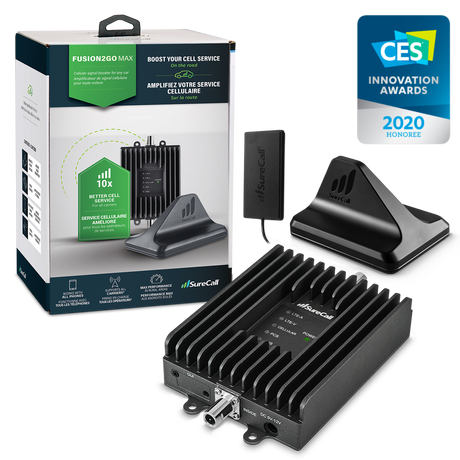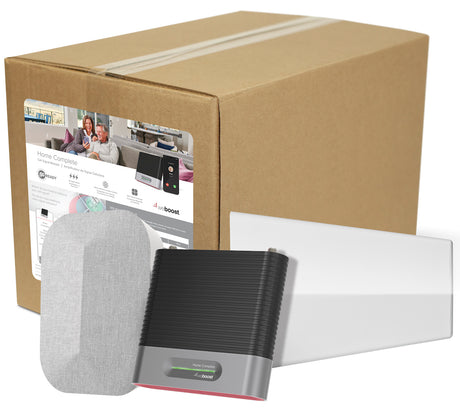Shop the Best Cell Phone Boosters
At UberSignal, we deliver proven solutions from leading brands like weBoost, SureCall, Cel-Fi, and WilsonPro to rescue your cell service-whether you're at home, on the road, or at the office. Our boosters amplify weak signals so you can enjoy fewer dropped calls, faster data, and complete peace of mind. Trusted by professionals and families alike, our systems help eliminate "dead zones" and patchy reception-no matter where you are.
Frequently Asked Questions
What does a cell phone signal booster do?
A cell phone signal booster amplifies the existing cell signal and rebroadcasts it inside your home, office, or vehicle. It strengthens weak reception, improves call quality, and increases data speeds.
Does a cellular signal booster work with all carriers?
Yes, most consumer signal boosters work with all major U.S. carriers simultaneously. They amplify the frequencies used by Verizon, AT&T, T-Mobile, and others without requiring separate equipment.
How do I know which is the best cell phone booster for my needs?
You choose a booster based on your outside signal strength, building size, and the areas you want to cover. If you have strong outdoor signal but weak indoor coverage, a standard indoor booster works; if outdoor signal is very weak, you may need a higher-gain system or a more powerful antenna.
Do I need an existing signal for a cell service booster to work?
Yes, a booster requires at least a minimal existing signal to amplify. If there is no detectable signal outside, a booster cannot create one.
How difficult is installation of a cell phone repeater?
Installation is straightforward for most kits and typically takes 1-2 hours. You mount the outside antenna, run the coax cable, position the inside antenna, and power up the amplifier.
Will a cell phone signal amplifier improve both calls and data?
Yes, a booster improves both voice calls and mobile data because it strengthens the same cellular frequencies used for LTE and 5G. You get clearer calls, fewer drops, and more consistent data performance.
Can one cell phone booster support multiple devices?
Yes, a single booster supports many devices at the same time. As long as they are within the coverage area, phones, tablets, and hotspots all benefit from the amplified signal.







